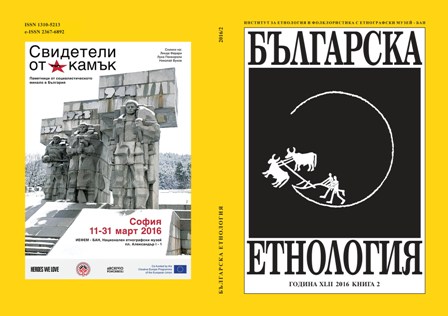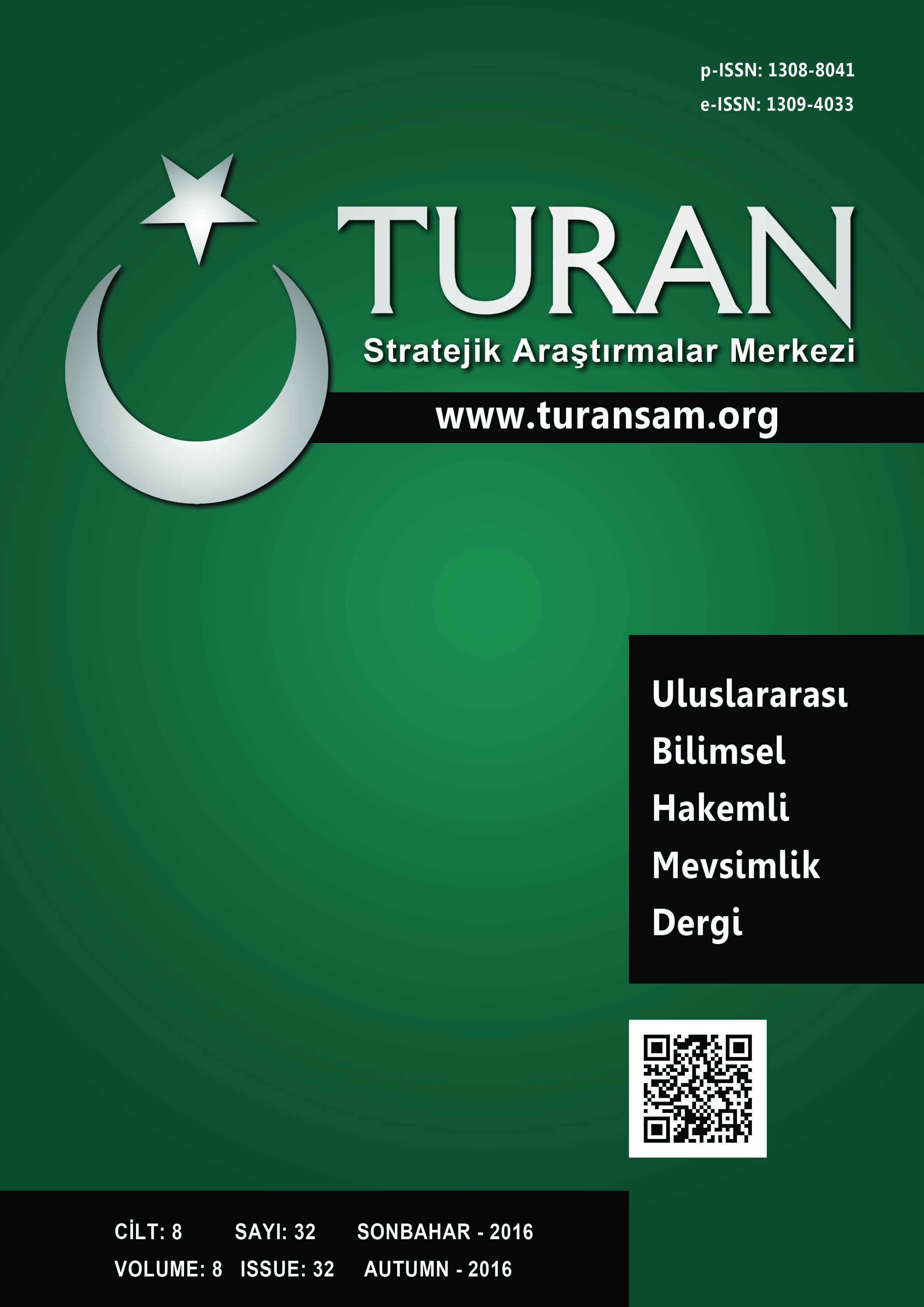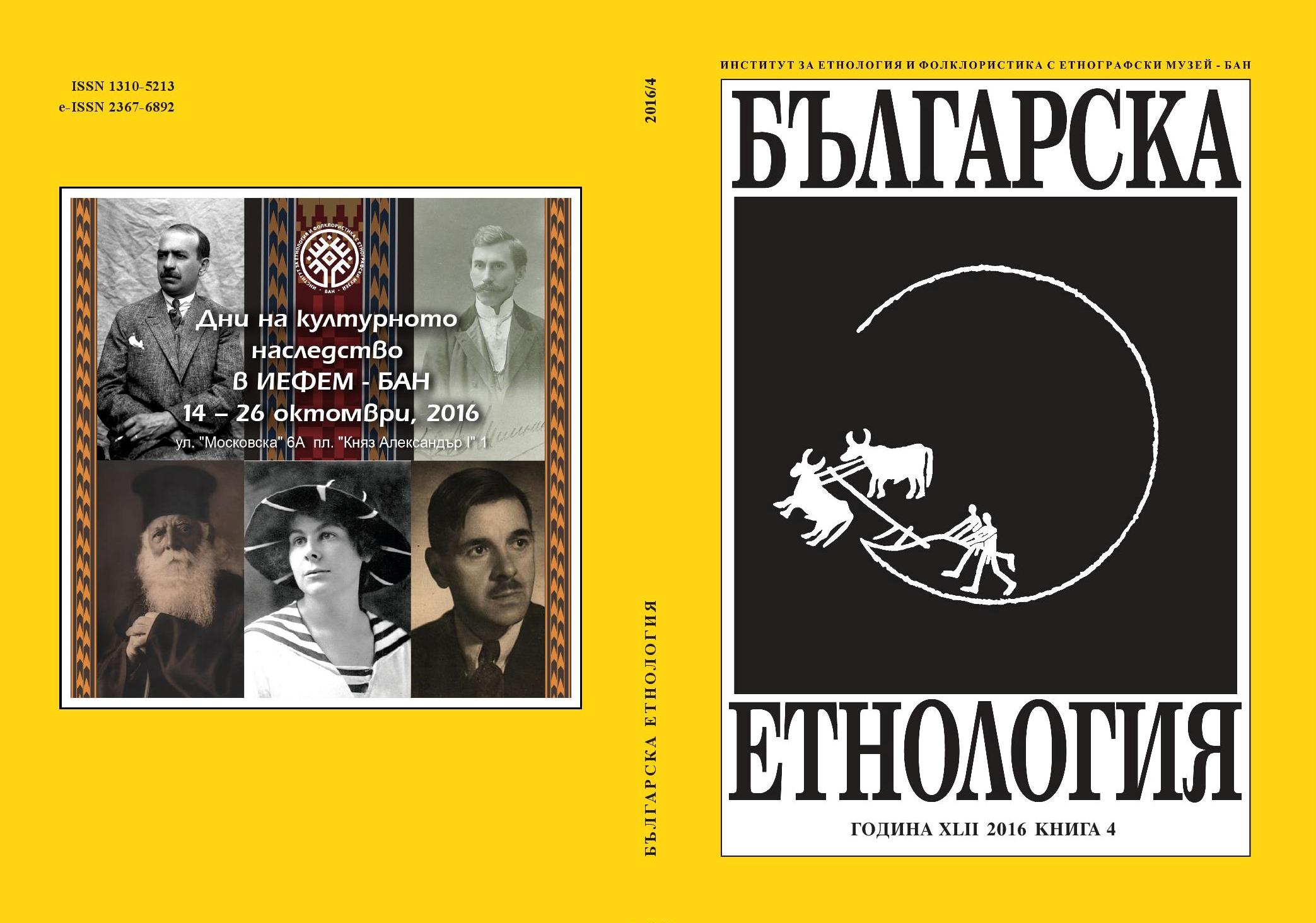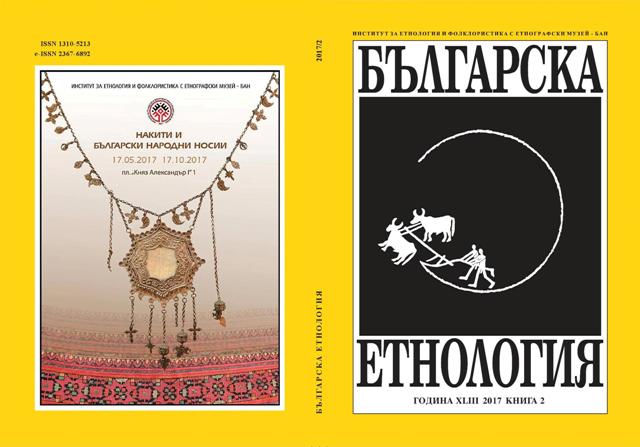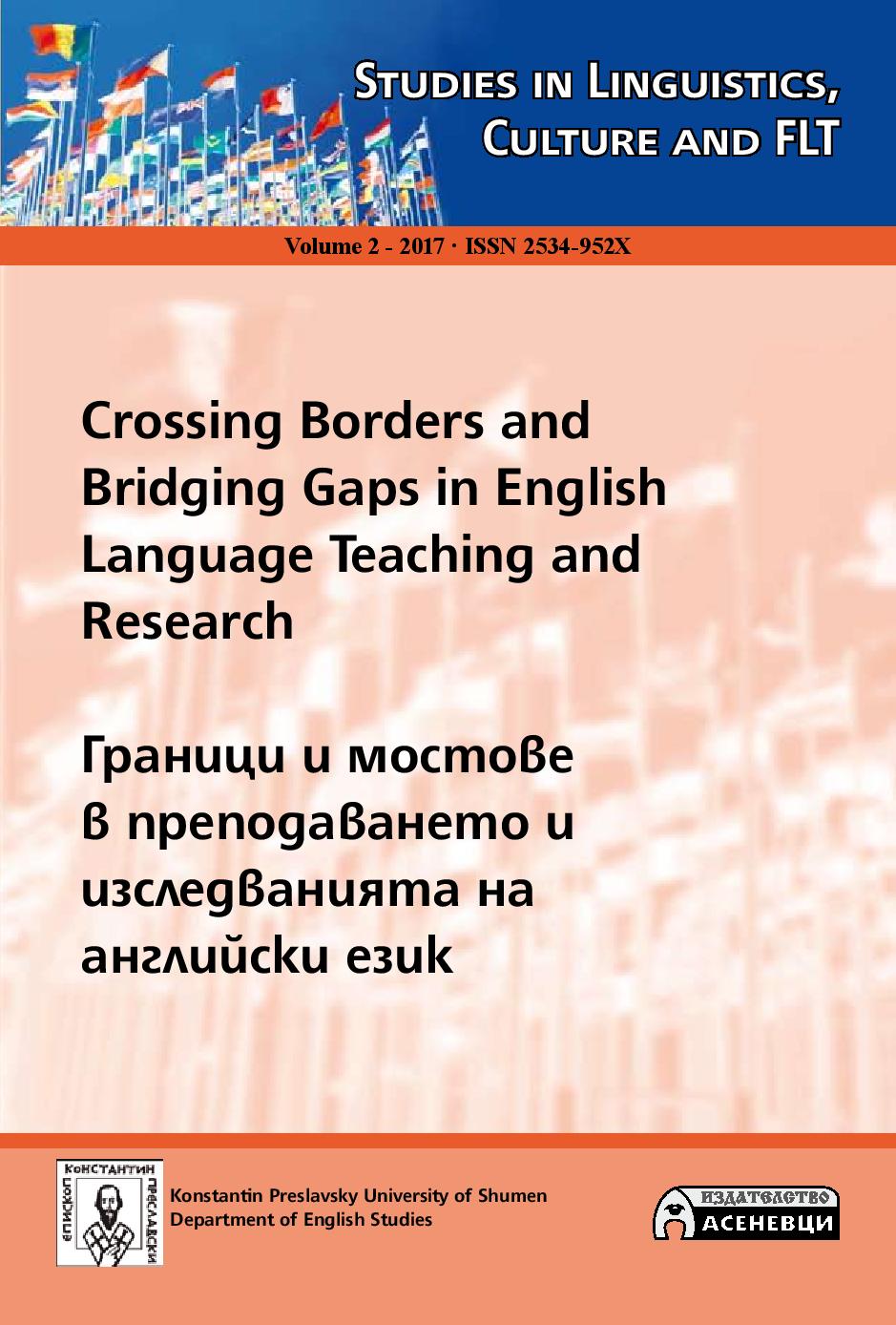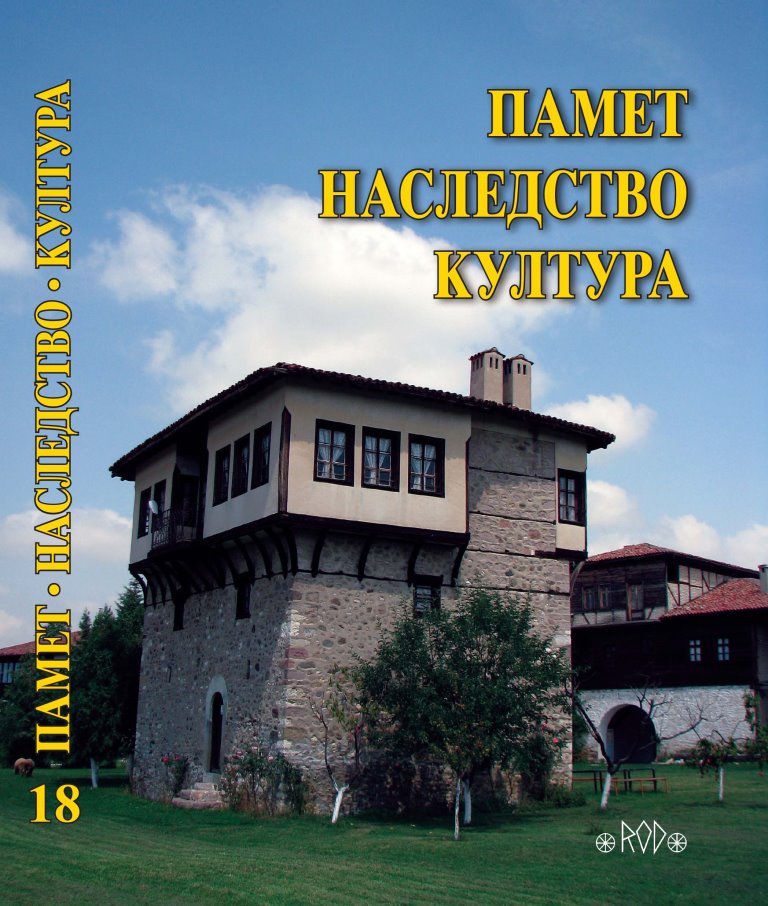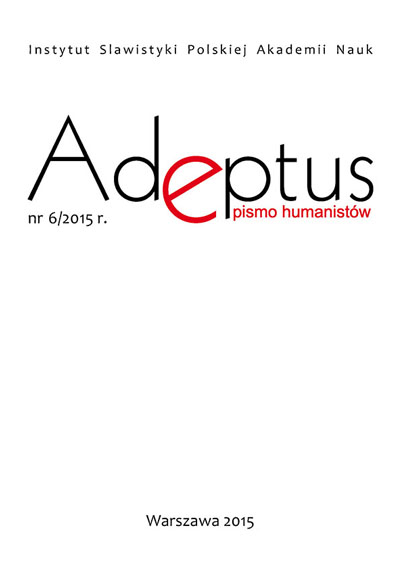
Культ икон в православной традиции восточных славян: обряды, обычаи и традиции в прошлом и сегодня
This article discusses the phenomenon of cult of icons in the East Slavic’s culture. The Slavic culture is ingrained in the orthodox tradition. This fact is reflected in a strong impact of religion on the life of society: customs, rituals and art. The icons are one of the most important elements of Orthodoxy Church and for that reason they are close associated with Russian culture. Despite prolonged atheisation, the Slavic culture is ingrained in the orthodox tradition and cult of the icons. It is noticeable not only in Russian churches, but also in ordinary life of believers. Majority of homes of Orthodox Christian have special space: «beautiful» corner with icons. Moreover, role of the icons emphasize in language: there is a lot of idiom and phrases connected with icons.
More...

